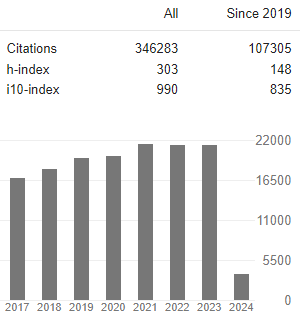How can we Develop a Standard Interface that easily Integrates with Hl7, boosting EHR Interoperability?
Abstract
Prosenjit Biswas
Background: It appears that a systematic strategy that includes the basic underpinnings of health care, from systems and technologies to clinical understanding and workflow processes, is required to achieve the next great leap in improving quality and safety. To make meaningful progress, health-care systems integration is essential. However, to provide interoperability in EHR, systems must support all versions of HL7.Software companies and healthcare organisations are still having trouble integrating HL7 with multiple interfaces. Thus, a standard interface or platform is required that easily integrates with HL7 boosting EHR interoperability.
Methods: Basic Modelling Interface (BMI) interoperability standards will be the focus of this research. The research plan proposes a qualitative research approach that includes clinicians’ interview and a panel discussion to characterise the information flow models. Qualitative research using a thematic analysis of semi structured interviews will be conducted in the proposed research plan.
Results: Gaining the HL7 standard is insufficient for integrating EHR with diverse apps or software in use, thus clinicians' willingness to adopt a common interface is critical. Medical practitioners and software vendors agreement required to develop an API that tackles HL7 integration issues and EHR interoperability. Planning techniques for dealing with HL7 issues and doing coordinated testing can help identify and install HL7 standard interfaces successfully.
Conclusions: The proposed research plan will help us to create a standard interface for HL7 integration which will benefit clinicians, healthcare professionals, and groups such as patients, healthcare authorities, and EHR vendors. Lastly, reducing or eliminating healthcare concerns will help the economy, ecosystem, and society in both concrete and qualitative ways.



